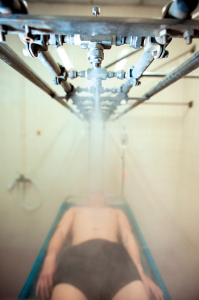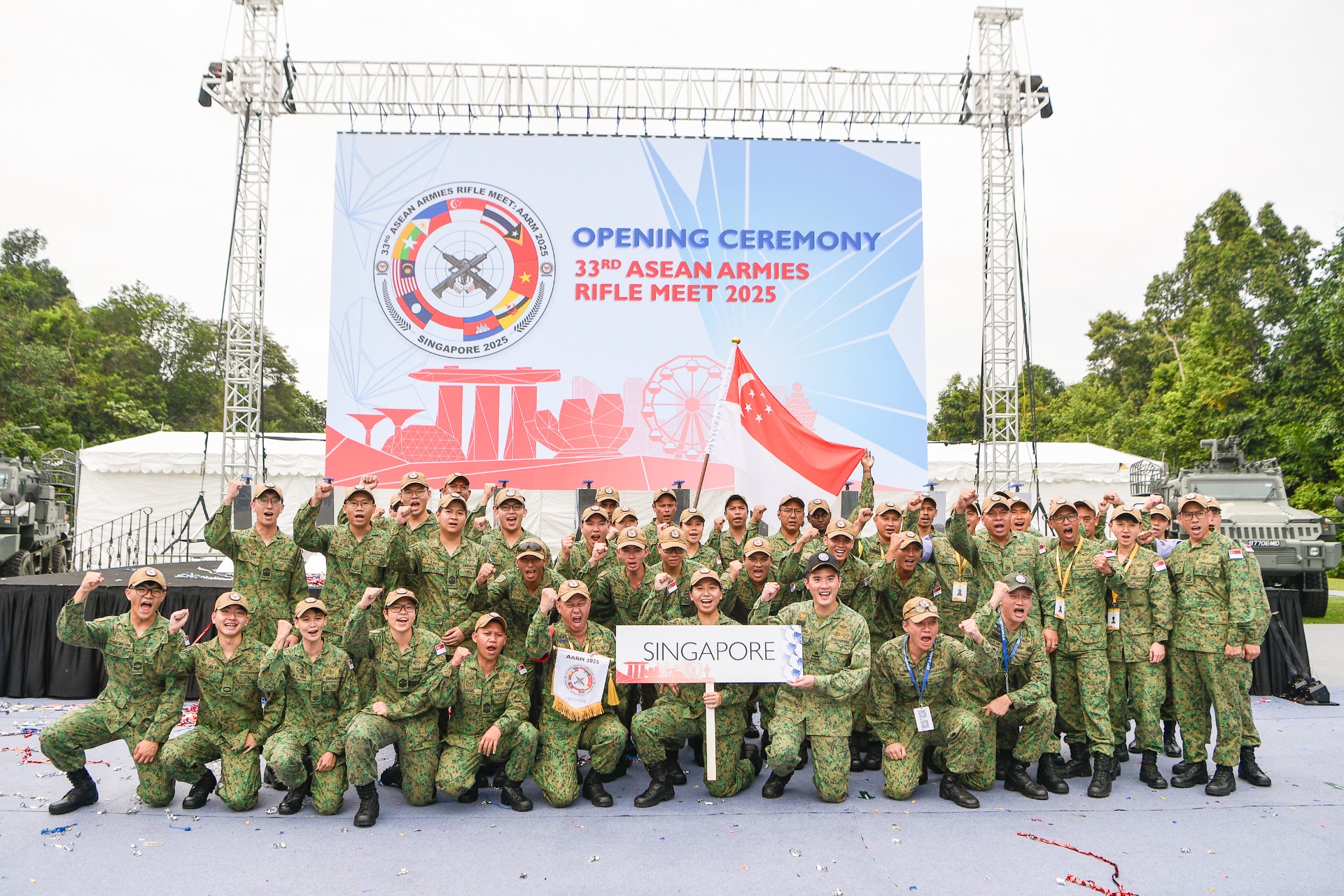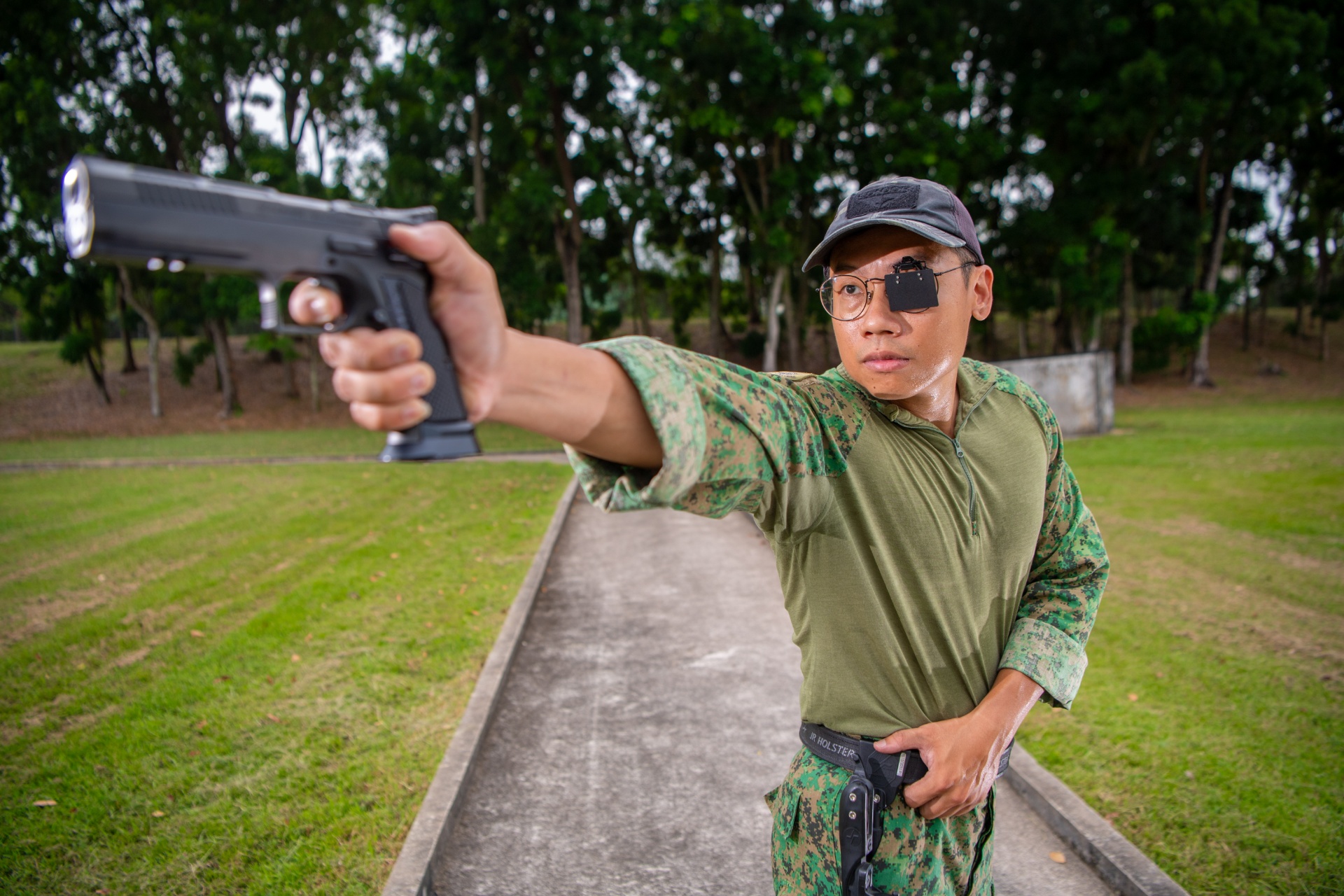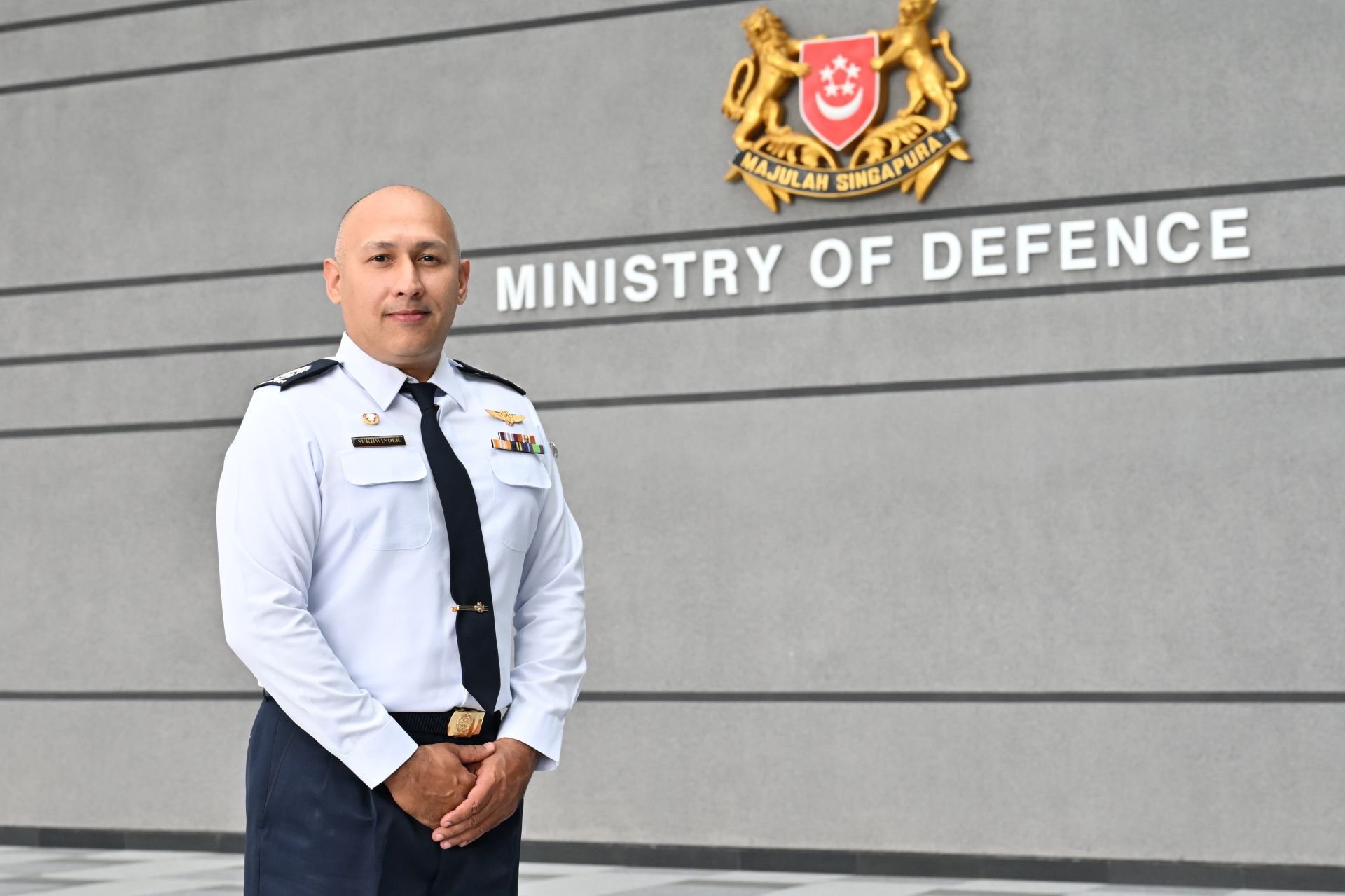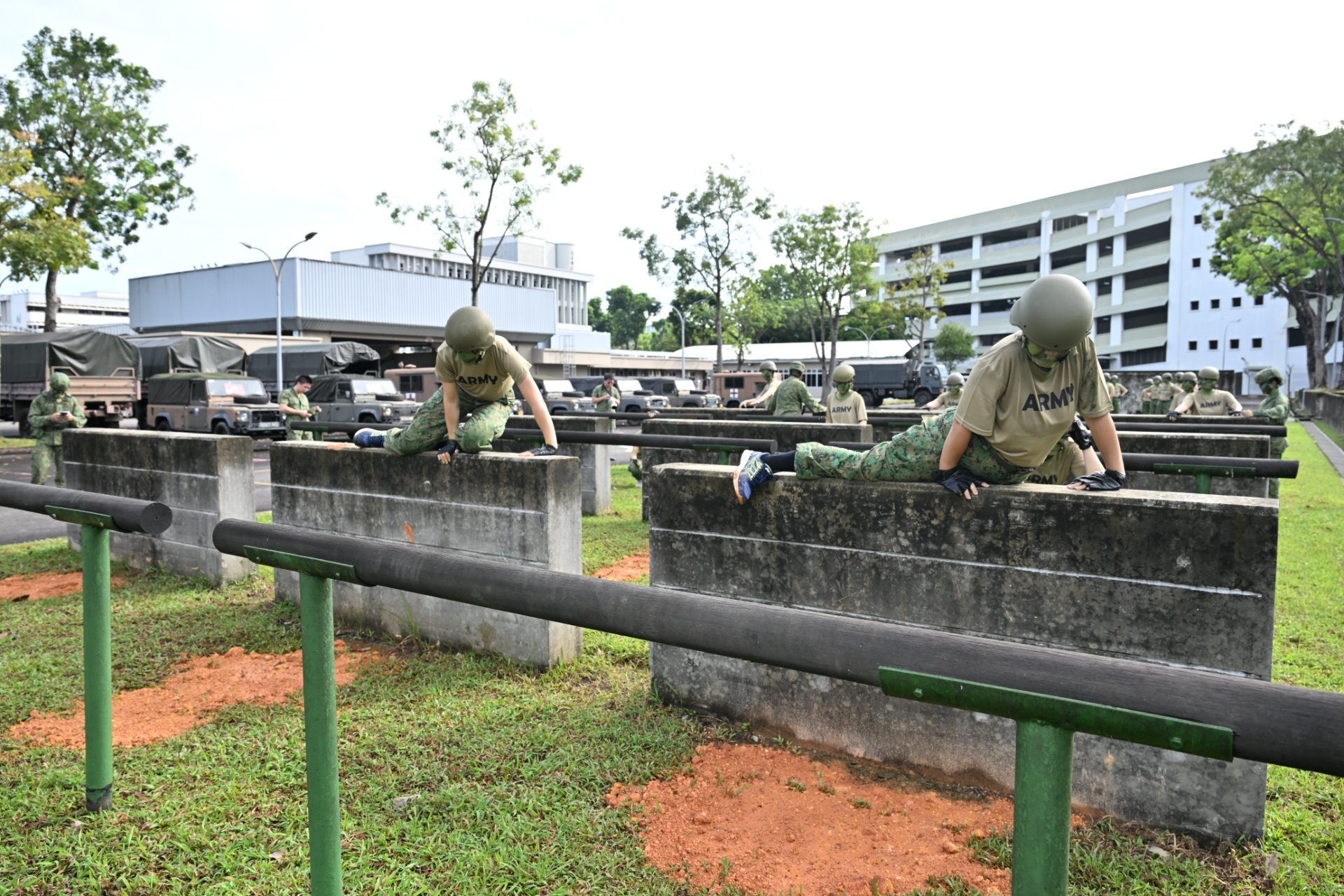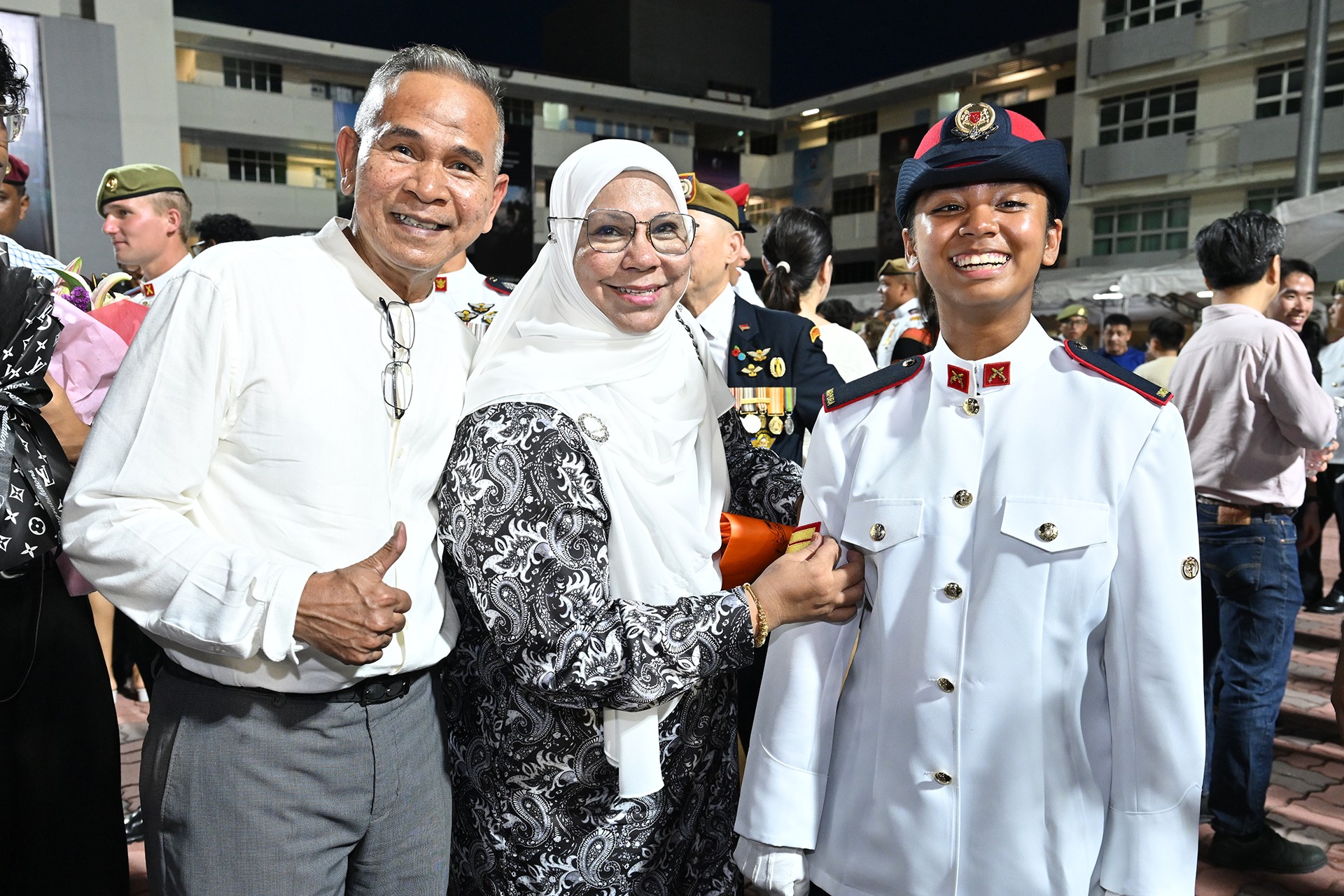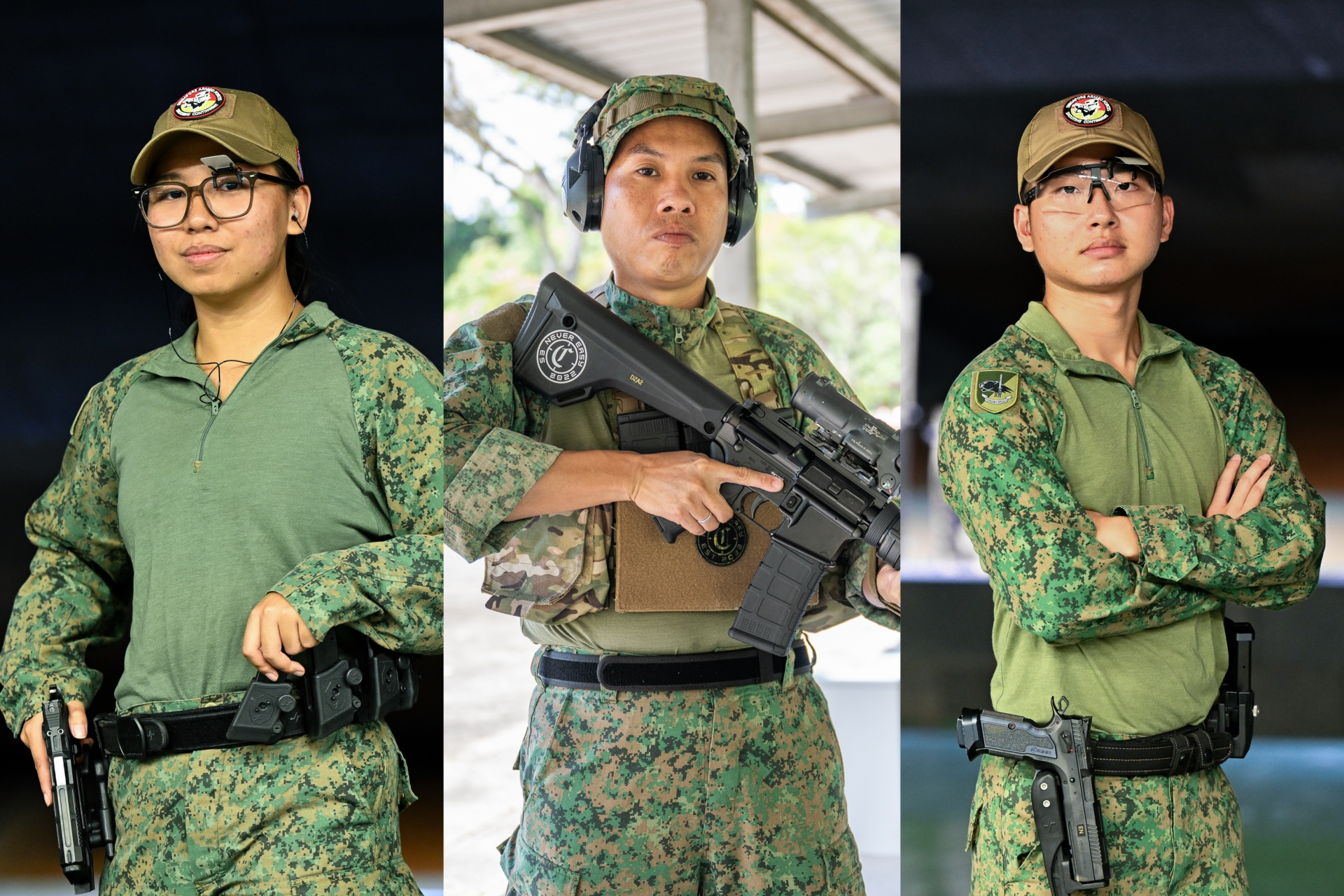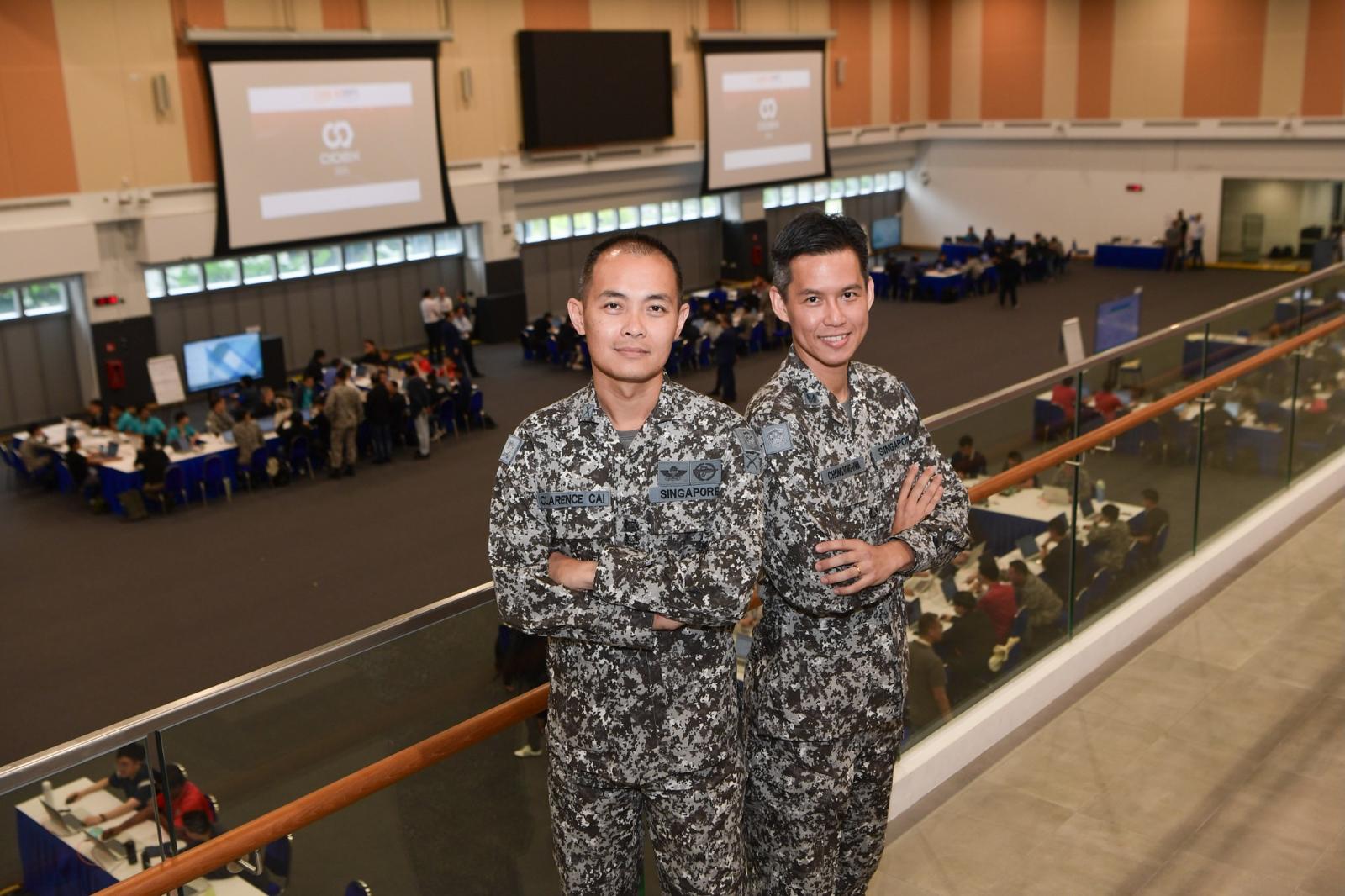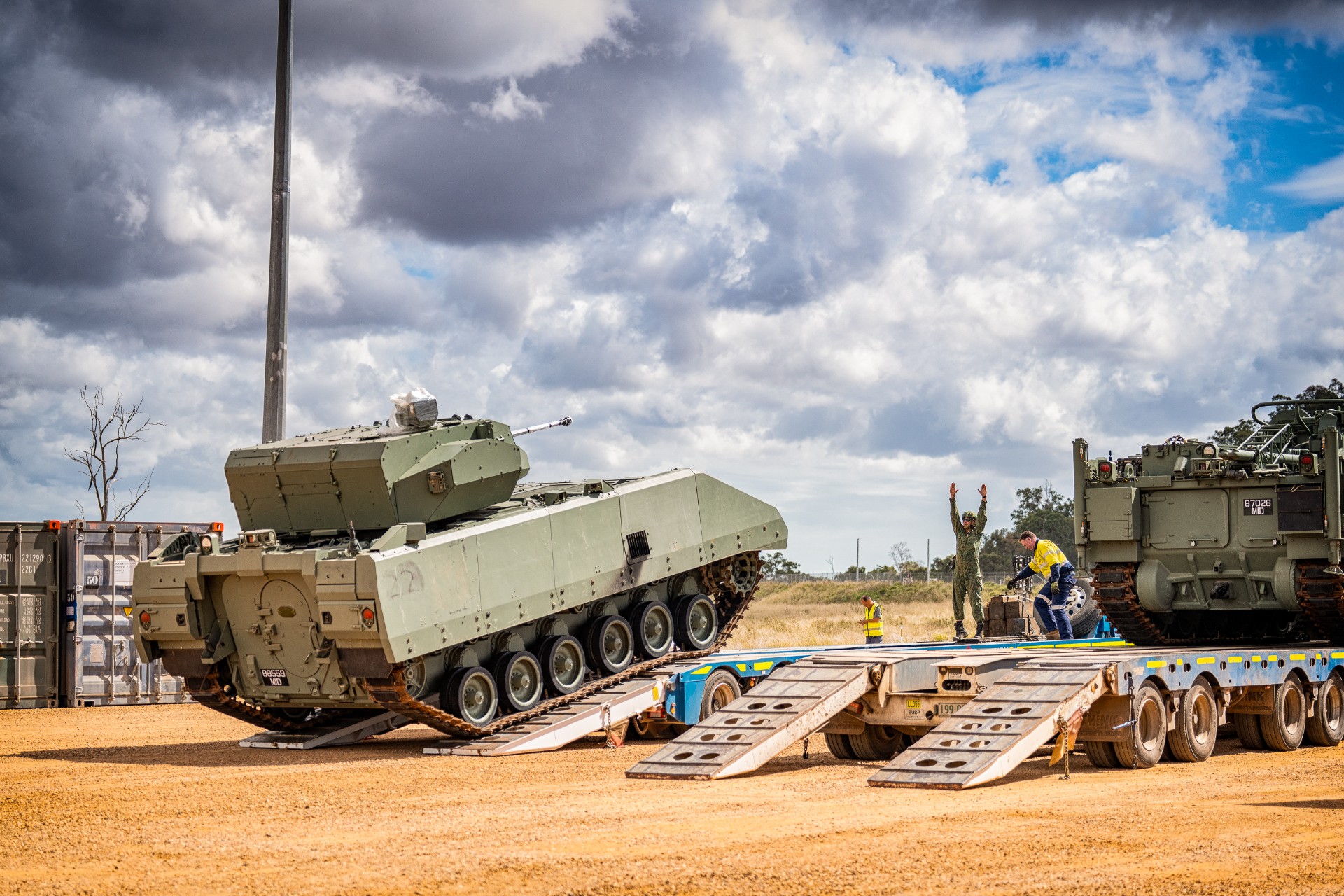KEEPING IT COOL
PHOTO // Chua Soon Lye
Muggy June is traditionally one of the warmest periods in tropical Singapore. This is how the Singapore Armed Forces (SAF) helps its soldiers stay cool.
While most of us can take refuge in air-conditioned offices and homes, Singapore's soldiers must train to fight in a region that is hot and humid all year round. And with that comes the risk of heat-related injuries.
To prevent heat injuries, the SAF has specific hydration regimes (guys will know this as water parades) during training activities. In addition, weather conditions are constantly monitored. During extremely hot weather, work-rest cycles are tweaked to include more rest before bouts of physical activity.
Medics are also present for all physically demanding training, such as outfield exercises and route marches, that SAF units undergo. There is a limit to how much the medics can do and that is where the next-level - medical centres - come in.
"Over here (the medical centre), we have more monitoring equipment. We can check the casualty's blood sugar and blood pressure," said Captain (CPT) (Dr) Shawn Lim, a Medical Officer at Nee Soon Medical Centre.
Take the heat off
Once a soldier shows signs of heat injury, on-site medics scramble to move the soldier into shade, take temperature readings and execute cooling measures. "We carry many packs of fresh ice and sponges in a cooler box. It's an essential item (when we are covering training)," explained Corporal (CPL) Irwan Shah, a medic at Nee Soon Medical Centre.
All medics are drilled in the correct use of these ice packs, which are applied to specific areas of the body - neck, armpits and groin - to cool the body down as quickly as possible while the soldier waits for evacuation to the nearest medical centre.
Chill time
During a particular route march, a serviceman heated up severely and had to be quickly sent to the medical centre. "He was mumbling words that we could not comprehend and looked confused," recalled CPL Shah. "We took his rectal temperature three times." The first two times were so high that the thermometer displayed an out-of-range reading.
Swinging into action, the team at the medical centre pushed the casualty into the Body Cooling Unit (BCU). This is a gigantic spray-mister that dumps cool water onto a person s body. There is also a huge fan that pumps out air at high velocity for maximum cooling effect. The third time the team took his temperature, it had dropped to below 40 degrees Celsius.
The serviceman was then evacuated to the nearest public hospital and subsequently discharged. He probably has the medical centre staff and BCU to thank for his rapid recovery.
Don't heat me
Clinical studies have shown that quick cooling is most effective when dealing with heat-related injuries. "Early cooling has been shown to dramatically improve the outcome," said CPT (Dr) Aloysius Tan, Staff Officer at the Soldier Performance Centre. He works for the Performance Maximisation department, which is also the centralised heat injuries classification centre in the SAF.
Of course, there's a limit to how much the body can take, added CPT (Dr) Tan. "When you cross the threshold, you might end up with organ damage - that's when we call it a heat stroke."
So now you know. Best to keep it cool, people.
It's getting hot in here
Heat injuries usually result from a combination of factors that either increase heat production in an individual or reduce the body's ability to dissipate heat.
Those who suffer from heat exhaustion will usually be dehydrated and may also experience nausea, dizziness and hyperventilation. In these cases, core body temperature is usually between 37.7 and 40 degrees Celsius.
Heat stroke is potentially fatal. Core body temperature is usually above 40 degree Celsius with a possibility of organ damage. Casualties might become incoherent, confused and irritable. If the body is not rapidly cooled at this stage, multiple organ failure can result and lead to death.
Temperature's rising
Who's at risk of developing heat-related injuries? There are many causal factors - ranging from the environment to the soldiers' state of health and even character. You are more at risk of heat-related injuries if you are doing strenuous work in a confined space or wearing many layers of clothing. The fitter a person, the more efficiently he or she will be able to dissipate heat from the body, but overzealous training and the desire to improve can push soldiers past their heat thresholds.
